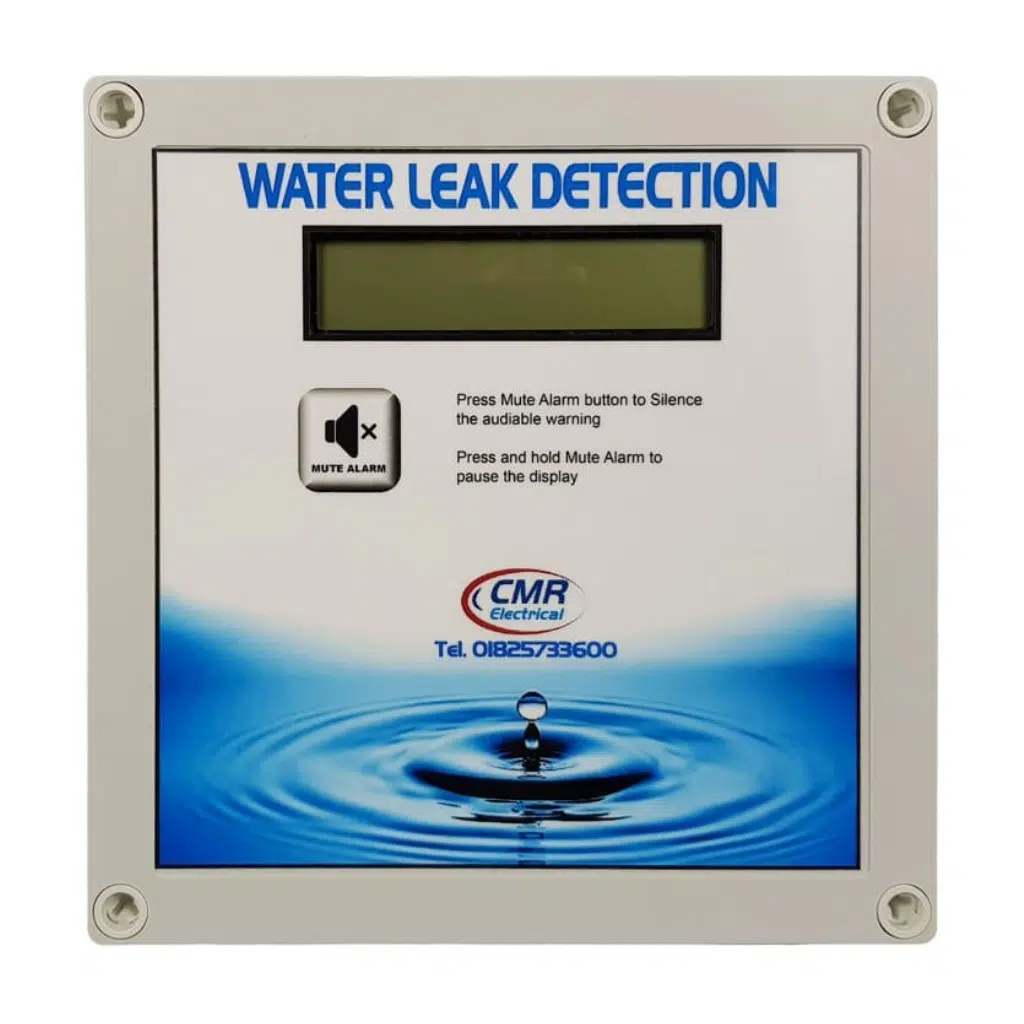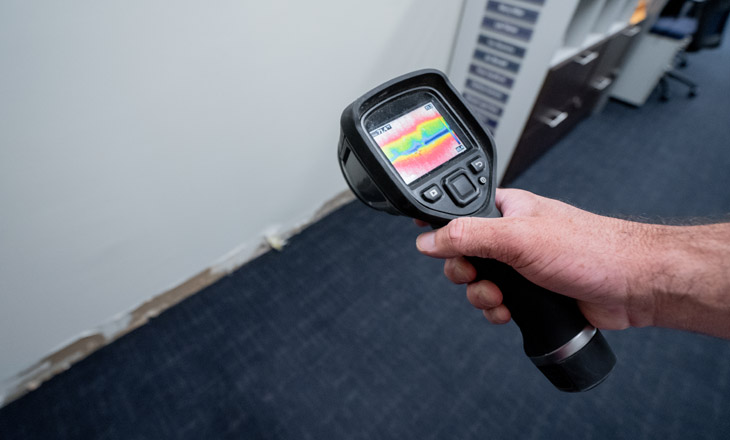Protect Against Major Concerns with Very Early Water Leak Detection and Motivate Services
Protect Against Major Concerns with Very Early Water Leak Detection and Motivate Services
Blog Article
Innovative Solutions for Very Early Detection of Water Leaks in Structures and Facilities
As the integrity of structures and infrastructure is paramount, the obstacle of early detection of water leaks has actually spurred cutting-edge services that promise to change the method we secure against possible problems. From sophisticated leak discovery technologies to the implementation of IoT sensing units for real-time tracking, the landscape of leakage avoidance is developing swiftly. Artificial intelligence formulas offer a look right into the future of leak prediction, while thermal imaging provides a non-intrusive approach for pinpointing concealed leakages. Automated water circulation analysis systems are reshaping exactly how leakages are recognized and addressed, paving the method for an aggressive approach to water leak detection. Each of these options holds the vital to ensuring the reliability and durability of our developed atmosphere, prompting a shift towards a more sustainable and effective future.
Advanced Leak Detection Technologies
Advanced leak detection technologies, equipped with advanced sensors and formulas, play an essential role in swiftly identifying and determining water leakages in different settings. These technologies employ a mix of acoustic, thermal, and electro-magnetic noticing methods to spot leaks accurately. Acoustic sensing units find the noise of leaving water, allowing for precise localization of the leakage source. Thermal imaging spots temperature adjustments triggered by water leakage, providing an additional efficient technique for leakage recognition. Electro-magnetic sensors can identify adjustments in electromagnetic areas triggered by water, providing yet another layer of leakage detection capacity.

IoT Sensors for Real-Time Surveillance
In the realm of contemporary water leakage discovery, the integration of IoT sensing units for real-time surveillance represents a critical improvement in boosting proactive leakage discovery abilities. These sensing units offer constant tracking of water supply, offering real-time information on water circulation rates, stress variants, and temperature level adjustments. By leveraging IoT technology, these sensors can find also the tiniest abnormalities in water use patterns, making it possible for very early recognition of potential leaks before they escalate into significant concerns.
IoT sensors transfer information to a centralized platform, where advanced algorithms evaluate the details and generate signals or notifications when irregularities are spotted. This real-time monitoring capability allows homeowner or facility supervisors to without delay resolve leakages, reducing water damage, reducing fixing prices, and saving water resources.
Additionally, YOURURL.com IoT sensing units can be incorporated with building management systems, permitting computerized actions to discovered leaks, such as shutting down water valves or activating pumps to mitigate the influence of leaks. Overall, the implementation of IoT sensing units for real-time tracking considerably boosts the performance and effectiveness of water leakage detection in structures and facilities.
Artificial Intelligence Algorithms for Leakage Prediction

One secret advantage of making use of artificial intelligence for leak forecast is its capability to continuously find out and enhance its accuracy with time. As more data is accumulated and fed into the formula, it can fine-tune its predictions and adjust to changing problems, eventually increasing the dependability of leak discovery systems.
Furthermore, artificial intelligence algorithms can aid in identifying refined signs of leakages that may go undetected by conventional surveillance techniques. water leak detection. By assessing complicated information sets in real-time, these formulas can offer very early warnings and informs, allowing for punctual intervention and preventative maintenance to alleviate potential water damage and linked costs
Making Use Of Thermal Imaging for Leakage Detection
Thermal imaging modern technology provides a promising method for identifying water leakages in different systems and facilities. By making use of infrared radiation and temperature variances, thermal imaging electronic cameras can determine hidden leaks that are not quickly visible to the click for info naked eye. When water runs away from pipes or structures, it commonly transforms the temperature of the surrounding area, producing temperature level differentials that thermal electronic cameras can capture. These temperature irregularities are after that converted right into noticeable photos, highlighting the exact location of the leak.
One of the key benefits of thermal imaging for leak detection is its non-intrusive nature. On the whole, the use of thermal imaging technology boosts the effectiveness and accuracy of water leak detection, making it a beneficial device for maintaining the honesty of buildings and infrastructures.
Automated Water Circulation Analysis Equipments
Exactly how can automated water circulation analysis systems revolutionize the discovery and management of leakages in various systems and facilities? Automated water flow analysis systems offer an aggressive method to leakage detection by continuously keeping an eye on water flow rates and patterns. By establishing standard data, these systems can quickly determine inconsistencies that might suggest a leakage, allowing punctual treatment to stop considerable damage.
These systems utilize advanced algorithms to assess real-time information and supply immediate notifies when anomalies are found, enabling swift action to be taken. Additionally, computerized water circulation analysis systems can be incorporated with building administration systems or IoT systems, boosting overall effectiveness and making it possible for remote surveillance abilities.
In addition, the data collected by these systems can be used for predictive maintenance functions, assisting to identify prospective powerlessness in the facilities prior to leaks happen. In general, the implementation of automated water flow analysis systems can dramatically improve leak detection and administration techniques, inevitably resulting in set you back financial savings, decreased water wastefulness, and boosted sustainability in buildings and infrastructure.

Final Thought
To conclude, the integration of sophisticated leak discovery modern technologies, IoT sensing units, maker learning formulas, thermal imaging, and computerized water circulation evaluation systems supplies ingenious options for early discovery of water leakages in buildings and facilities. These innovations allow real-time tracking, prediction of leaks, and efficient detection methods to avoid water damage and wastefulness. Applying these remedies can aid in keeping the stability and sustainability of water systems in different settings.
Report this page